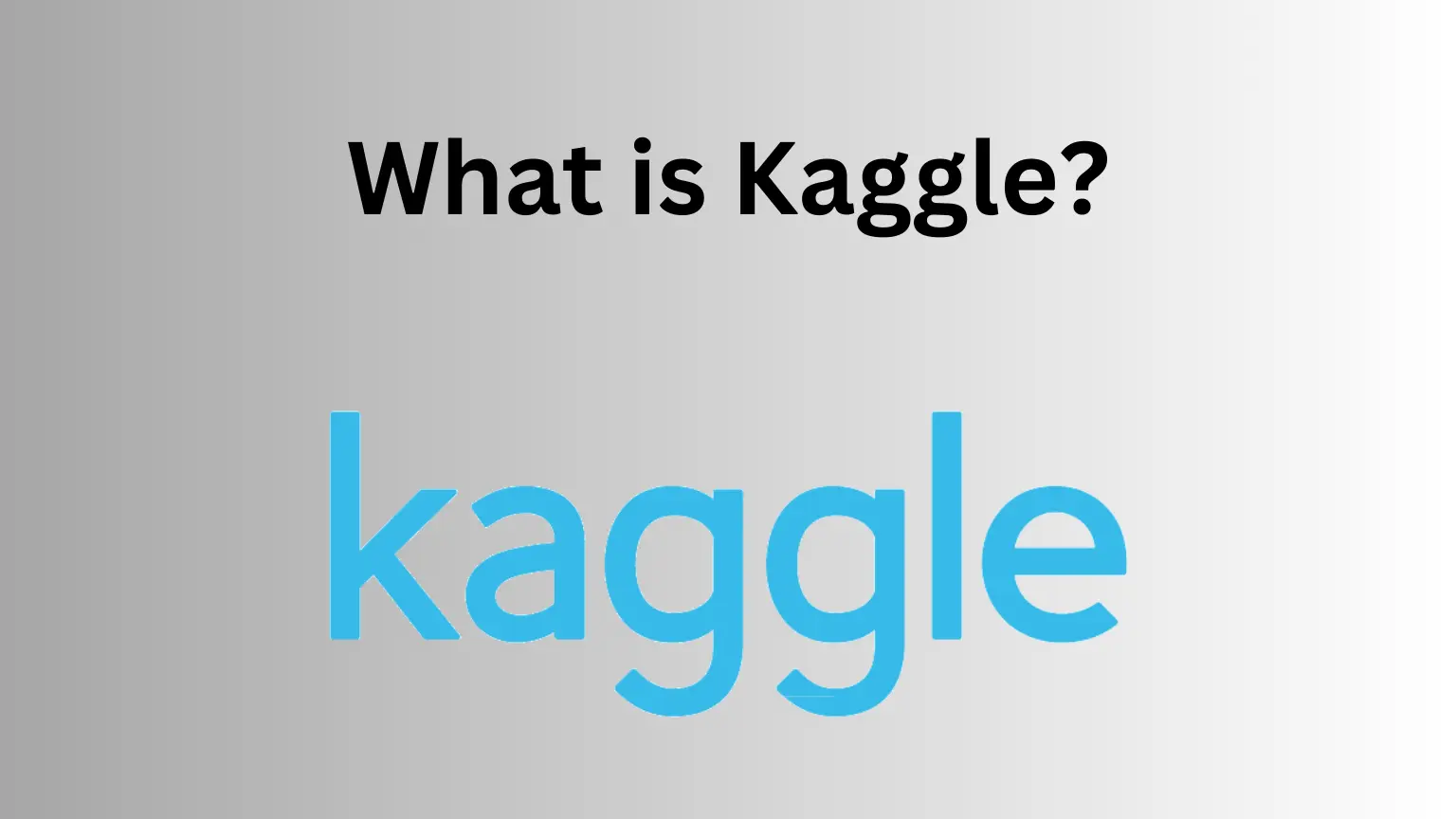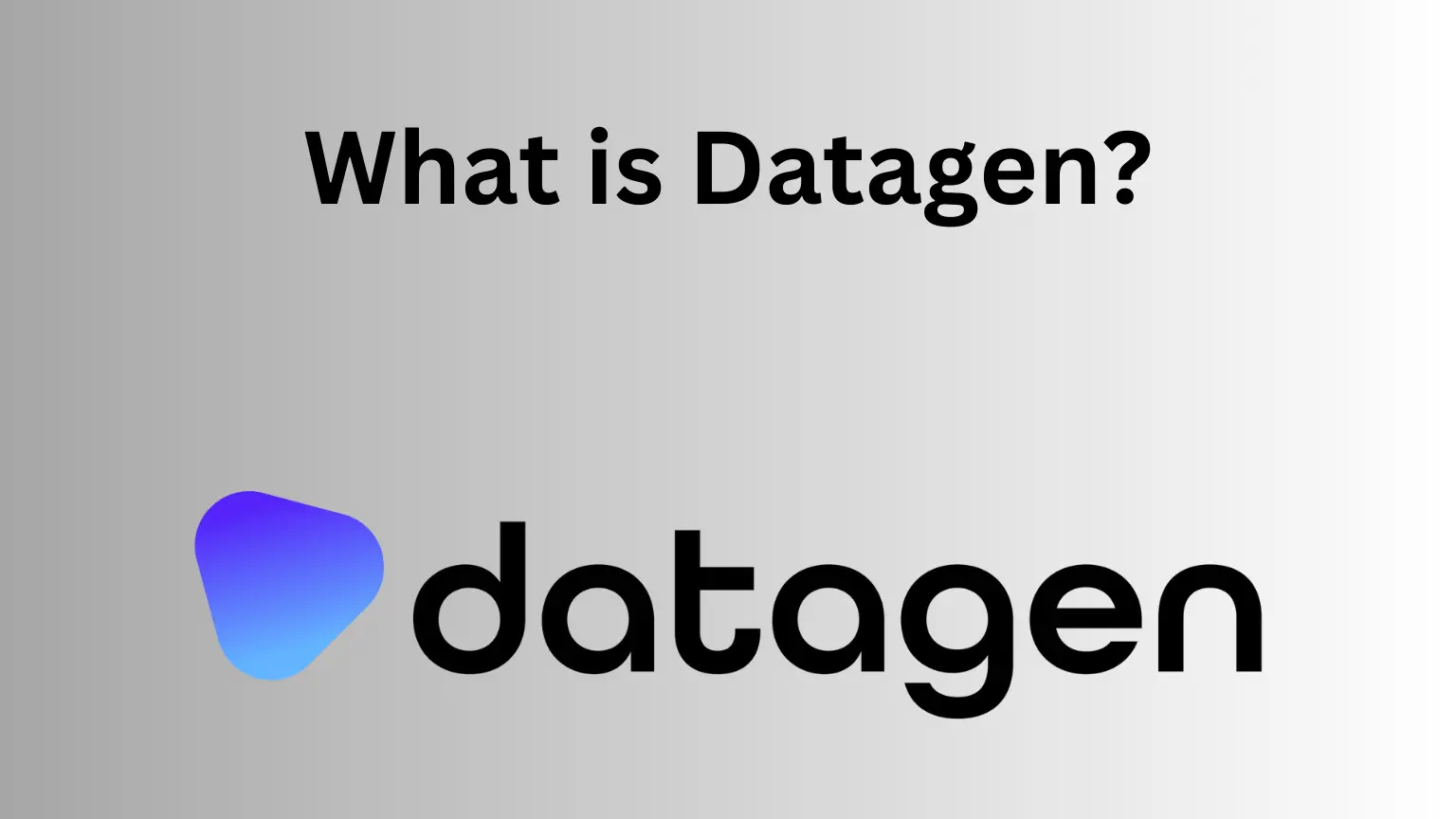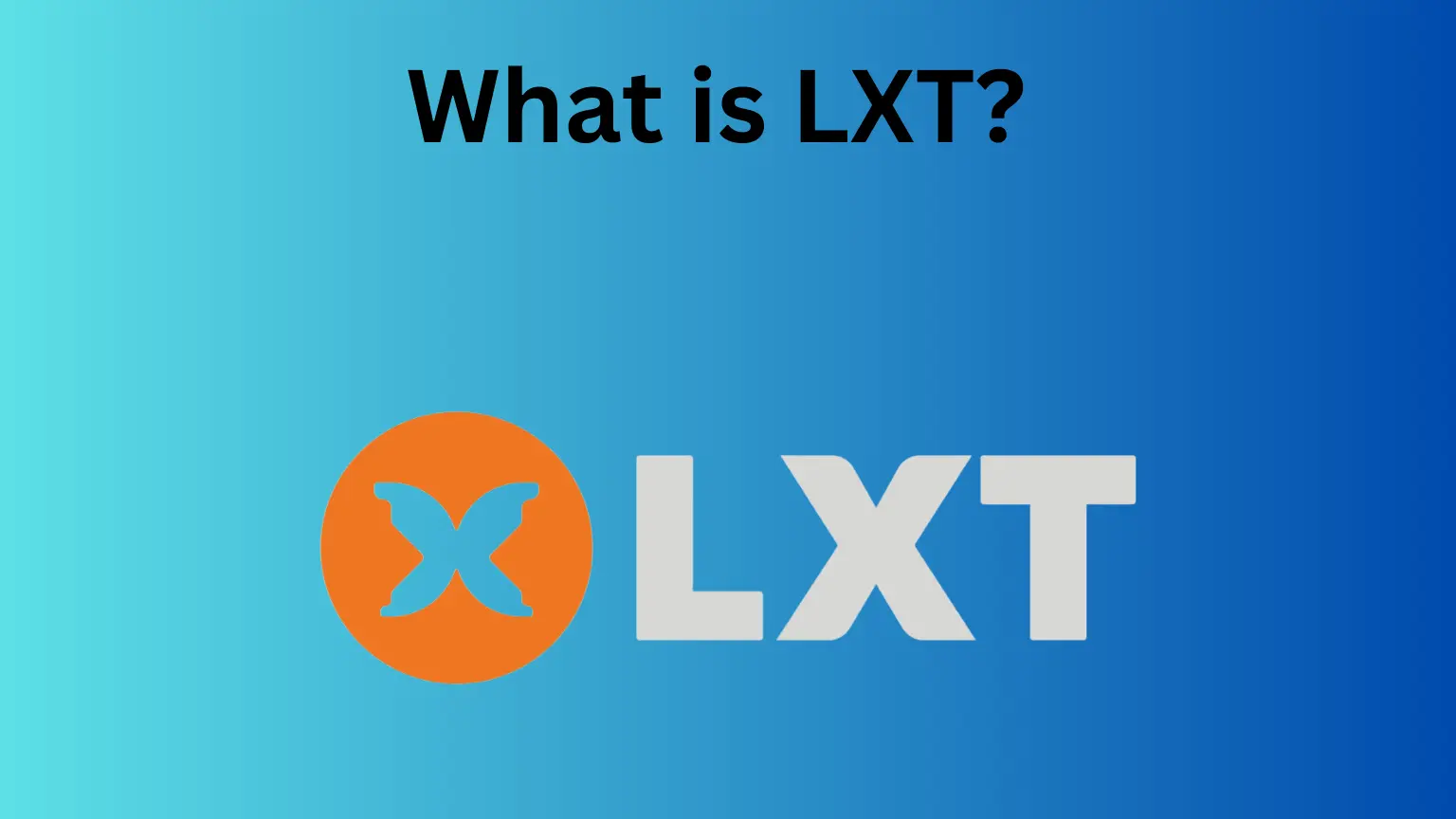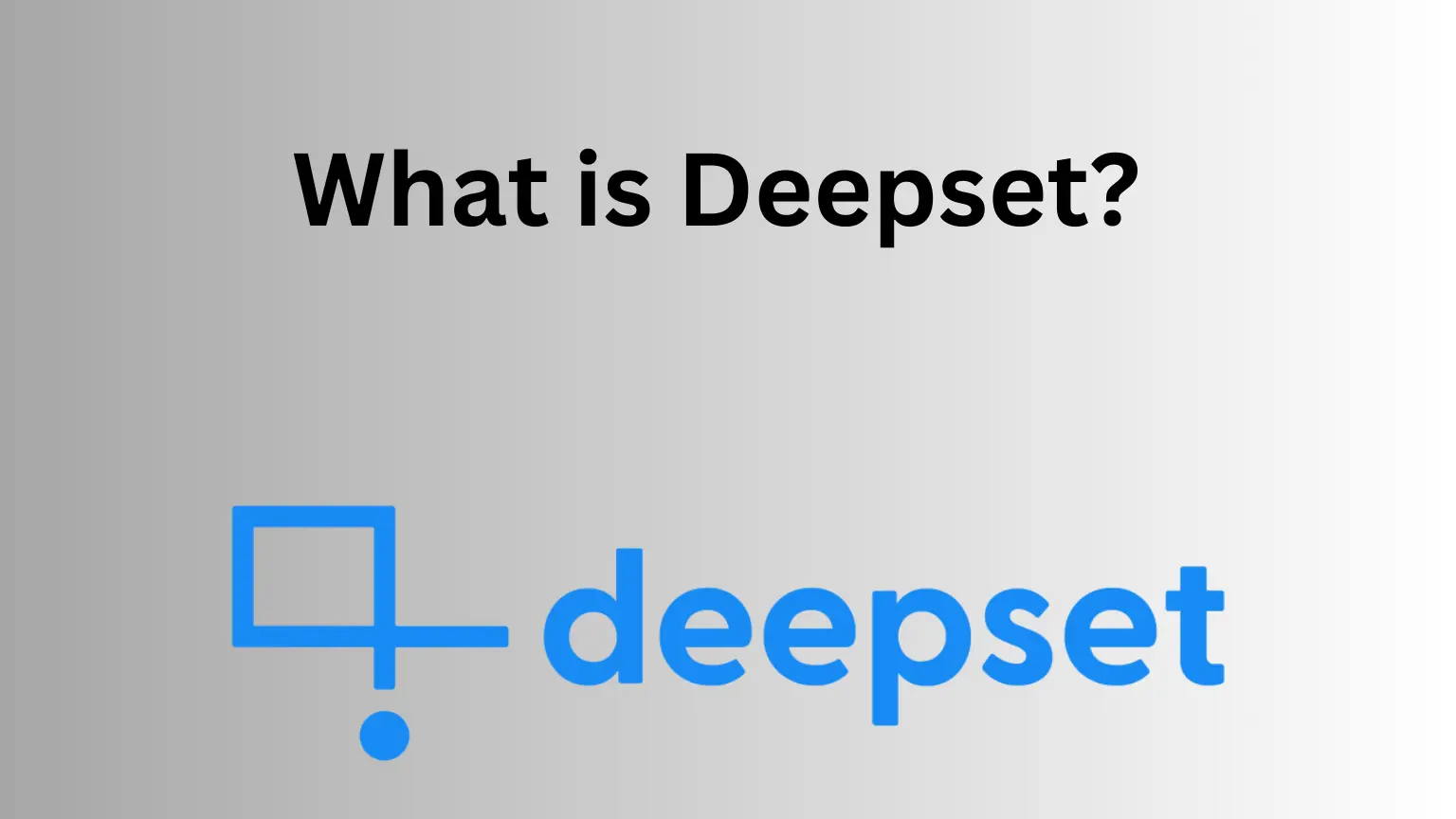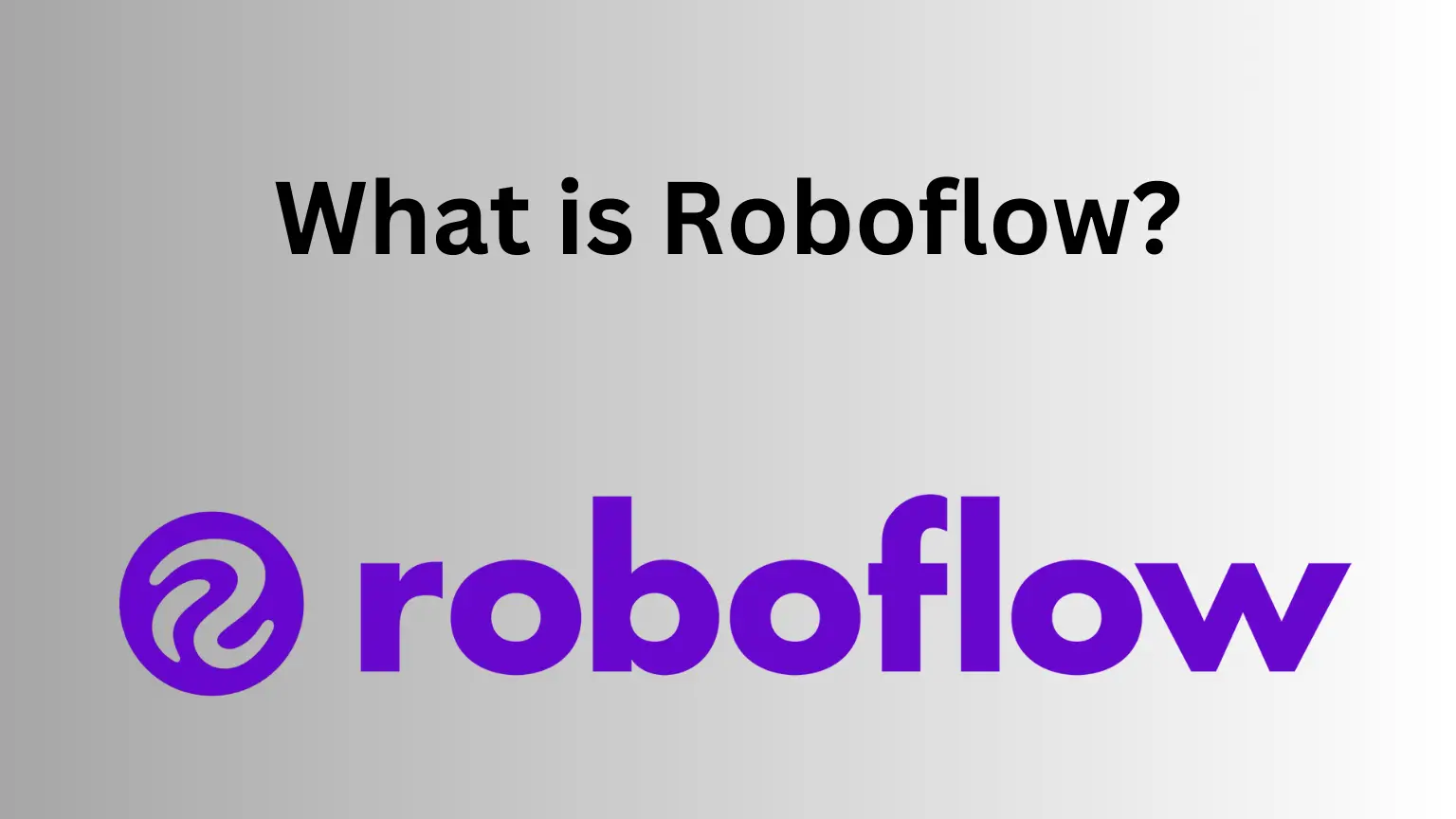Face recognition is a rapidly growing field in artificial intelligence and computer vision. With the breakthroughs made in deep convolutional neural networks, face recognition has become an important application in the industrial world. In this article, we will explore the best algorithms for face recognition, including their history, pipeline, and evaluation datasets.
History of Face Recognition

Face recognition has been studied for decades, but it wasn’t until the 1990s that it became a popular research topic. In the early days, face recognition algorithms were based on manually designed features, such as the eigenface method. However, these methods were limited in their ability to handle variations in lighting, pose, and expression. In recent years, deep learning algorithms have revolutionized the field of face recognition. These algorithms use convolutional neural networks to learn features directly from the raw image data. This has led to significant improvements in accuracy and robustness.
Bayesian Network vs Neural Network
Pipeline in Deep Learning Framework
The pipeline in the deep learning framework for face recognition consists of several stages.
- First, the face is detected and aligned.
- Then, a deep neural network is used to extract features from the face image.
- Finally, a classifier is used to match the features to a database of known faces.
There are several challenges in each stage of the pipeline. For example, face detection and alignment can be difficult in the presence of occlusions or extreme poses. Feature extraction can be sensitive to variations in lighting and expression. And matching can be challenging when dealing with large databases or unknown faces.
Algorithms for Face Recognition
There are several algorithms for face recognition, including those based on conventional, manually designed features and those based on deep learning. Some of the most popular algorithms include the following.
Eigenfaces
This algorithm uses principal component analysis to extract features from the face image. It was one of the earliest algorithms for face recognition and is still used today in some applications.
Fisherfaces
This algorithm is an extension of eigenfaces that takes into account the class labels of the face images. It has been shown to be more robust than eigenfaces in the presence of variations in lighting and expression.
DeepFace
This algorithm uses a deep convolutional neural network to extract features from the face image. It was one of the first algorithms to achieve human-level performance on the Labeled Faces in the Wild dataset.
FaceNet
This algorithm uses a triplet loss function to learn a mapping from face images to a high-dimensional feature space. It has achieved state-of-the-art performance on several face recognition benchmarks, including the LFW, AgeDB, CFP-FP, and IJB-C datasets.
Evaluation Datasets
Evaluation datasets are an important part of face recognition research. They provide a standardized way to compare the performance of different algorithms. Some of the most popular evaluation datasets include the following.
Labeled Faces in the Wild (LFW)
This dataset contains more than 13,000 face images of 5,749 people. It is one of the most widely used datasets for face recognition research.
AgeDB
This dataset contains more than 16,000 face images of 568 people, with age annotations. It is used to evaluate the performance of face recognition algorithms on age-invariant face recognition.
CFP-FP
This dataset contains more than 7,000 face images of 500 people, with frontal and profile views. It is used to evaluate the performance of face recognition algorithms on unconstrained face recognition.
IJB-C

This dataset contains more than 31,000 face images of 1,845 people, with varying levels of pose, illumination, and occlusion. It is used to evaluate the performance of face recognition algorithms on unconstrained face recognition.
Conclusion
In conclusion, face recognition is a rapidly growing field in artificial intelligence and computer vision. With the breakthroughs made in deep convolutional neural networks, face recognition has become an important application in the industrial world. In this article, we explored the best algorithms for face recognition, including their history, pipeline, and evaluation datasets.



